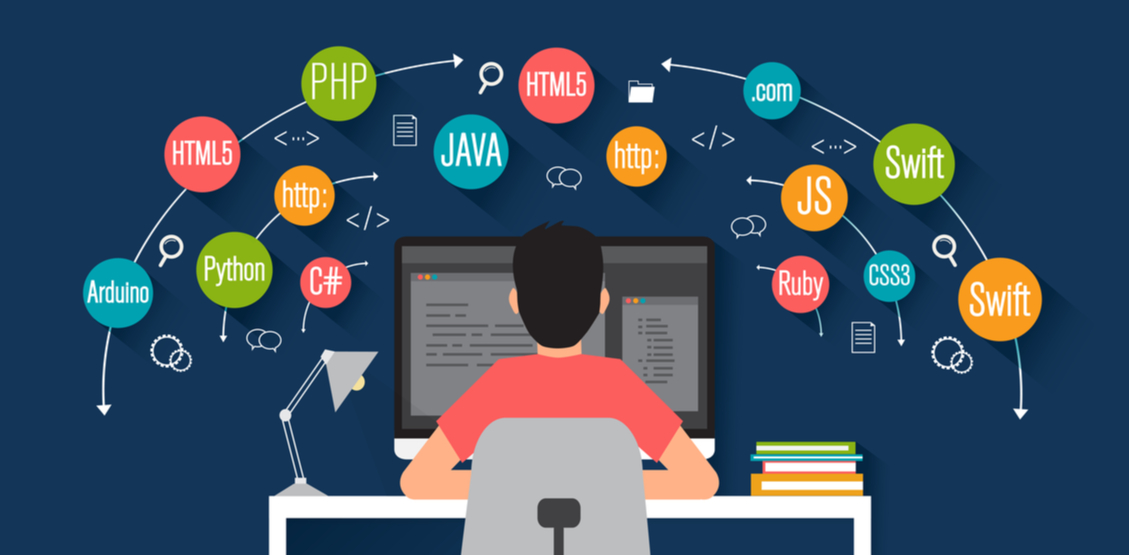With Service Objects, there are multiple ways to integrate our products, including using our simple APIs, one-time batch processes for large lists, automated recurring batch processing, one-off lookups, cloud connectors, and more. For each of these, we have ongoing initiatives for making integrations easier for our clients.
By far, integrating with our APIs is the most popular option. This option requires coding: you need to know how to call an API from the programming language or platform that will use a Service Objects product. This is usually a very simple task, but it does depend on the experience of the developer working on the project.
Sample Code and Support
Whatever your level of experience is as a developer, we make the integration easy for you. First, we have generated a large volume of sample code to cover common cases. Additionally, we are here to support you and answer any questions you may have about the product or the integration itself. If there is a bit of sample code that we do not offer on our website, there is a great chance we will put it together for you on request.
Code Libraries
With all of that said, we have now added an additional way to ease the integration process and reduce the time spent on it: code libraries. Many, if not most, developers are going to be familiar with code libraries. In our case, it is an additional way for our clients to get easily integrated with our services and have best practices working for them under the hood.
In the standard code samples, we demonstrate how the API is called via SOAP or REST, how to set up the underlying objects depending on the language, specific response codes to look out for, and how to implement failover to a backup environment to ensure 100% uptime.
All of this is great and works well, but sometimes you don’t need to have control over every nuance. With our new code libraries, you don’t need to worry about the details for common boilerplate situations: we wrap that all up in code with a simple-to-call method. Integrating with our code libraries will bring the initial setup work down to a few lines of code.
You can see how simple these code libraries are in our Developer Guides and download them from our website. In the Developer Guides you’ll find your service of interest, then click on the Code Snippets and Sample Code section, then finally open the page for Class Library Integrations.
For example, here is a link for our Address Validation – US 3 product. You’ll see that there are currently options for class libraries for C#, Java and PHP. If there is a language you prefer that is not listed, please reach out to us and most likely we will make it happen.
Code Library Example: C#
Here is an example using C#. After downloading the code library (.dll file) from the website, you’ll want to add a reference to it in your project. After that, you will add a using statement at the top of your project like this:
Next, you’ll need to instantiate the validation client object before using it with the following line of code:
Finally, you’ll call the method to do a validation, passing in your address data like this:
And that’s it. That last line of code will take your address values and send them to the service, validate the address and send the results back into the response object for you to apply your own custom business logic. Notice there wasn’t any additional boilerplate work to set up the call to the API, nor was there any work to deal with connection errors or set up failover. Our goal is to simplify integrations and as we continue to build out new ways to do them, we will keep everyone updated.
As always, if you do not see the sample code or a code library for the service and language you are working with, please let us know and we would be happy to create it for you.














